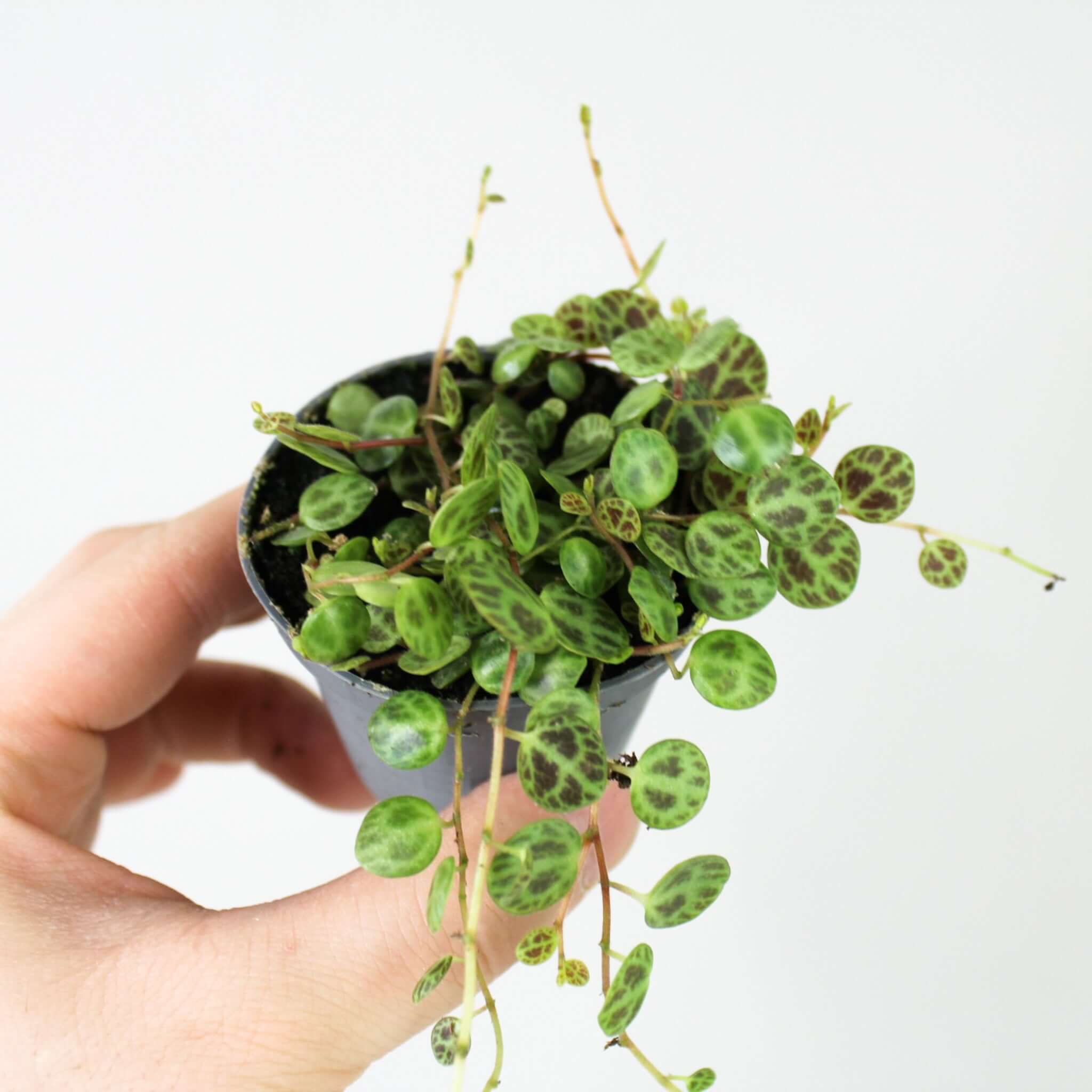Peperomia Prostrata Plant: A Complete Guide
Peperomia Prostrata, also known as String of Turtles, is a unique and eye-catching plant that is sure to add a touch of whimsy to any indoor space. With its trailing vines and striking foliage, this plant is a favorite among plant enthusiasts for its low maintenance and interesting appearance. In this article, we will take an in-depth look at the Peperomia Prostrata plant, including its care requirements, propagation methods, and common issues that may arise.
Description of Peperomia Prostrata Plant
Peperomia Prostrata is a member of the Peperomia genus, which is made up of over 1,000 species of tropical plants. This particular species is native to Brazil and is characterized by its small, round leaves that resemble the shell of a turtle, hence its common name, String of Turtles. The leaves are a vibrant green color with a unique pattern of silver markings that give the plant a distinctive appearance.
The trailing vines of the Peperomia Prostrata plant can reach up to 12 inches in length, making it an ideal choice for hanging baskets or as a trailing plant in a mixed arrangement. The plant is relatively small in size, with mature plants reaching a height of around 6 inches. Peperomia Prostrata is a slow-growing plant, which means that it will not require frequent repotting or pruning to keep it looking its best.
Care Requirements for Peperomia Prostrata Plant
Peperomia Prostrata is a relatively easy plant to care for, making it a great choice for beginner plant enthusiasts. Here are some tips for keeping your Peperomia Prostrata plant healthy and thriving:
Light:

Peperomia Prostrata prefers bright, indirect light. Avoid placing the plant in direct sunlight, as this can scorch the delicate leaves. A north-facing window or a spot with filtered sunlight is ideal for this plant.
Water:
Water your Peperomia Prostrata plant when the top inch of soil feels dry to the touch. Be sure to water the plant thoroughly, allowing excess water to drain out of the bottom of the pot. Avoid overwatering, as this can lead to root rot.
Humidity:
Peperomia Prostrata prefers moderate to high humidity levels. To increase humidity around the plant, you can mist the leaves with water or place a humidifier nearby.
Temperature:
Peperomia Prostrata thrives in temperatures between 65-75°F (18-24°C). Avoid placing the plant near drafty windows or heaters, as extreme temperature fluctuations can stress the plant.
Soil:
Use a well-draining potting mix for your Peperomia Prostrata plant, such as a mix of peat moss, perlite, and orchid bark. Repot the plant every 2-3 years to refresh the soil and provide the plant with fresh nutrients.
Propagation of Peperomia Prostrata Plant
Peperomia Prostrata can be easily propagated through stem cuttings. Here is a step-by-step guide to propagating your Peperomia Prostrata plant:
1. Choose a healthy stem with several leaves attached.
2. Using a clean, sharp pair of scissors, cut the stem just below a leaf node.
3. Remove the lower leaves from the cutting, leaving only a few leaves at the top.
4. Dip the cut end of the stem in rooting hormone to encourage root growth.
5. Plant the cutting in a small pot filled with moist potting mix.
6. Place the pot in a warm, bright location with indirect sunlight.
7. Keep the soil moist but not waterlogged, and mist the cutting occasionally to maintain humidity.
8. After a few weeks, roots should begin to form, indicating that the cutting has successfully rooted.
Common Issues with Peperomia Prostrata Plant
Like all plants, Peperomia Prostrata is susceptible to a few common issues that may arise. Here are some tips for addressing these issues:
Overwatering:
One of the most common issues with Peperomia Prostrata is overwatering. To prevent root rot, allow the soil to dry out between waterings and ensure that the plant is not sitting in water.
Yellowing Leaves:
Yellowing leaves on a Peperomia Prostrata plant can be a sign of underwatering or nutrient deficiencies. Ensure that the plant is receiving adequate water and nutrients to keep the leaves healthy and green.
Pests:
Peperomia Prostrata is relatively pest-resistant, but it may occasionally attract pests such as spider mites or mealybugs. To treat pests, gently wipe the leaves with a damp cloth or use a mild insecticidal soap.
Wilting:
Wilting leaves on a Peperomia Prostrata plant can be a sign of underwatering or exposure to extreme temperatures. Check the soil moisture levels and adjust the plant’s environment as needed to revive the plant.
In conclusion, Peperomia Prostrata is a charming and unique plant that is sure to add a touch of whimsy to any indoor space. With its trailing vines and striking foliage, this plant is a favorite among plant enthusiasts for its low maintenance and interesting appearance. By following the care tips outlined in this article, you can keep your Peperomia Prostrata plant healthy and thriving for years to come.